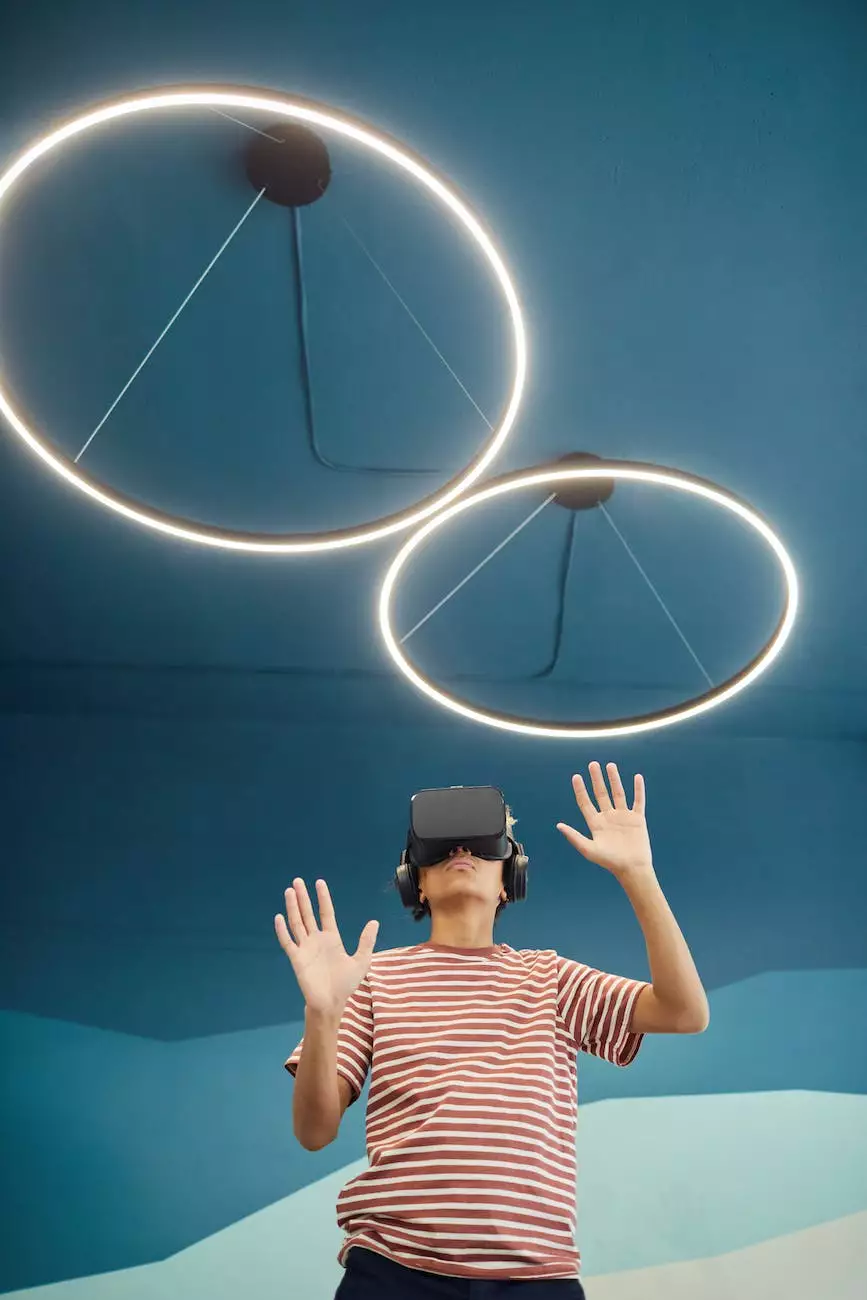Where is the Metaverse?
Blog
Introduction
The metaverse, a term coined by Neal Stephenson in his 1992 science-fiction novel "Snow Crash," refers to a virtual reality world where people can interact with one another in a computer-generated environment. Over the years, the metaverse has evolved from a fictional concept to a real-world possibility. In this article, we will explore the whereabouts of the metaverse and its significance in the realm of arts and entertainment, particularly in the field of visual arts and design.
The Metaverse and Visual Arts
In recent years, the metaverse has gained significant attention in the visual arts and design industry. Artists and designers are increasingly exploring the potential of this virtual world to create immersive and interactive experiences for their audience. It offers them new avenues for self-expression and enables the integration of digital art into physical spaces.
Artistic Collaboration
One of the major advantages of the metaverse for visual artists is the opportunity for collaboration. Artists from different parts of the world can come together in this virtual space to work on collaborative projects, transcending geographical boundaries. This fosters creativity and allows for the exchange of ideas, resulting in unique and groundbreaking artworks.
Interactive Exhibitions
The metaverse allows artists to showcase their work in interactive exhibitions. Visitors can navigate through virtual galleries, experiencing art in a way that goes beyond traditional physical boundaries. The immersive nature of the metaverse enables viewers to engage with artworks on a deeper level, offering a truly transformative experience.
The Metaverse and Design
Designers are also embracing the metaverse as a tool for innovation and expression. It provides a platform to create and experiment with new design concepts, pushing the boundaries of what is possible.
Architectural Visualization
In the field of architecture, the metaverse offers architects the ability to visualize and simulate their designs in a virtual environment. This allows for better understanding and communication of architectural concepts, leading to more efficient and effective design processes.
User Experience Design
User experience (UX) designers are utilizing the metaverse to create engaging and intuitive virtual interfaces. By designing user-centric experiences within the metaverse, they can enhance interactions and deliver exceptional user experiences.
The Future of the Metaverse
The metaverse has the potential to revolutionize the way we experience arts and entertainment. As technology continues to advance, the line between the physical and virtual worlds will blur further, opening up endless possibilities for creative expression.
Virtual Reality Integration
Virtual reality (VR) technologies are constantly evolving, and their integration with the metaverse holds immense potential. The combination of VR and the metaverse can create truly immersive and lifelike experiences, transforming how we engage with visual arts and design.
Augmented Reality Applications
Augmented reality (AR), another emerging technology, can also have a significant impact on the metaverse. By overlaying digital elements onto the physical world, AR can enhance our perception of reality, further blurring the boundaries between the real and the virtual.
Conclusion
The metaverse presents a world of possibilities for artists, designers, and enthusiasts in the visual arts and design industry. It offers a space for creative exploration, collaboration, and immersive experiences. Embracing the metaverse will undoubtedly shape the future of arts and entertainment, bringing us into a new era of innovation and artistic expression.




